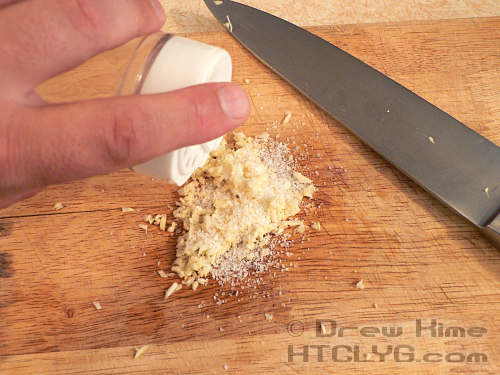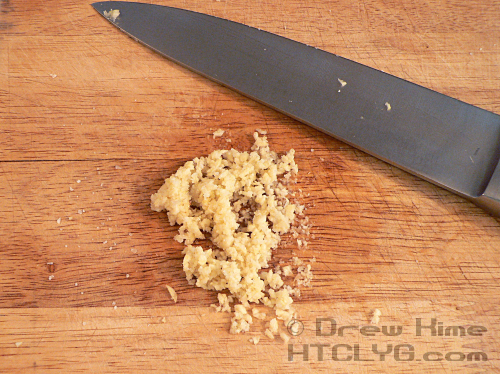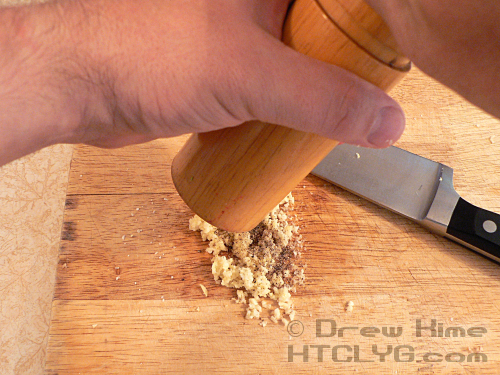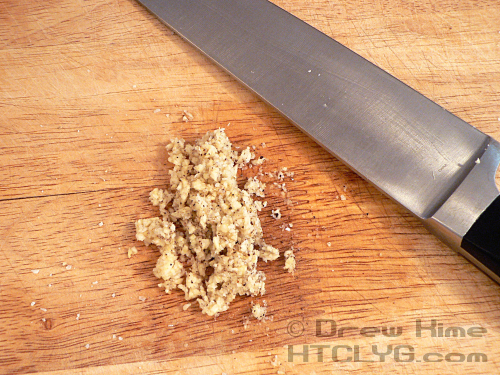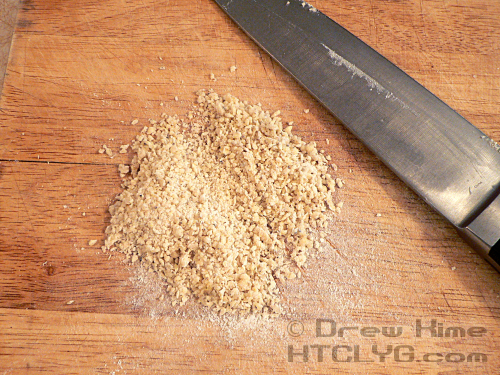When you start cooking from scratch, one of the first stumbling blocks is that every single recipe seems to call for some kind of spice or seasoning that you don’t have. So you start buying those little plastic jars with the red caps and get cooking. Then one day you notice how many recipes list two different amounts, one for fresh herbs and spices and one for dry. “Hmm …” you think to yourself, “I wonder if the fresh stuff is really that different.”
So you start small. Maybe you go look at peppercorns and a pepper mill. By the time you use up the peppercorns the money you save will have paid for the pepper mill. Cool! This is a money saver. Then it happens: You taste it. Wow, so that’s what pepper is supposed to taste like. Suddenly steak au poivre starts sounding like a good idea. From there it’s a short step to trying some fresh garlic. That’s when you’re really hooked.
All of which is a long way of getting to the point that it’s not really cooking “from scratch” until you start preparing your own herbs and spices. The easiest one, I’ve already mentioned: Pepper. That’s the no-brainer. Cheaper, better tasting, and lasts just about forever. It’s so durable it used to be used for currency.
If you could only have salt, pepper and one other seasoning, next best would probably be garlic salt. So let’s go ahead and make some.
Ingredients
garlic
salt
Yeah, garlic and salt in garlic salt. Who would’ve guessed? Check the ingredients on yours. Does it list anything else?
Directions
Start with two cloves of garlic, peeled and minced.
Add two teaspoons of coarse kosher salt and mince it into the garlic.
The coarse salt crystals will grind the garlic even smaller, while the juice from the garlic is absorbed into the salt.
You can speed up the process a little bit if you have a mortar and pestle. Or go for the really old school method and use a kuzavi or a ural. I’m not so committed to grinding spices that I’m going to design my kitchen around it.
Some people like using a small coffee grinder for processing their spices. (Which just may be coming full circle, since it’s possible coffee was first ground using tools built for grinding spices.) I don’t like having to clean tiny little pieces like that. Especially when some of those pieces are razor-sharp little blades. I make an exception for my immersion blender, because there are some things I just can’t make the same without it.
If you like having a single spice blend that you can take with you to the grill, you can add the black pepper at this point and do some more mincing.
When I go on vacation later this summer, I might make up a jar of this. But since I generally only cook on the weekends I’d rather grind the pepper right onto the meat. The flavor in pepper is carried in its oils, and as soon as you grind it the oils start to dry out. The right combination of fat and heat when you cook can bring most of the flavor back, but I don’t like to count on it.
If the girls haven’t already finished the cultured butter, I’m going to take some of that and some garlic salt and make a spread. Hmm, that would probably work really well on the grill. I wonder if my wife has planned tomorrow’s dinner yet …
Keep adding salt and chopping until the salt isn’t clumping together any more.
And that’s it.

Ingredients
- 1 teaspoon kosher salt per 1 clove garlic
Instructions
Peel and mince the garlic. Add the salt and continue to mince.
The coarse salt will help to break down the garlic, and the oils released by the garlic will be absorbed by the salt.
Keep mincing the salt and garlic together until the garlic is no longer clumping together. If the salt is completely pulverized and the garlic is still sticking, you had unusually large cloves. Add a little more salt and keep mincing.
When the mixture looks mostly dry, and uniformly chopped into coarse powder, use it right away or seal in an airtight container. Don't go to all the trouble to make your own garlic salt, then let it dry out so it's like the stuff you can get at the grocery story, already done for you.

